You probably knew that the African Elephant is the largest land animal on the planet, but did you know there are actually two species of African elephant? One is called the savanna elephant (scientific name Loxodonta africana) and the other is the forest elephant (scientific name Loxodonta cyclotis). Read on to learn more African elephant facts.
These two elephant species are separated geographically; the savanna elephant primarily inhabits grasslands of Eastern and Southern Africa while the forest elephant lives in the jungles of Central and Western Africa.
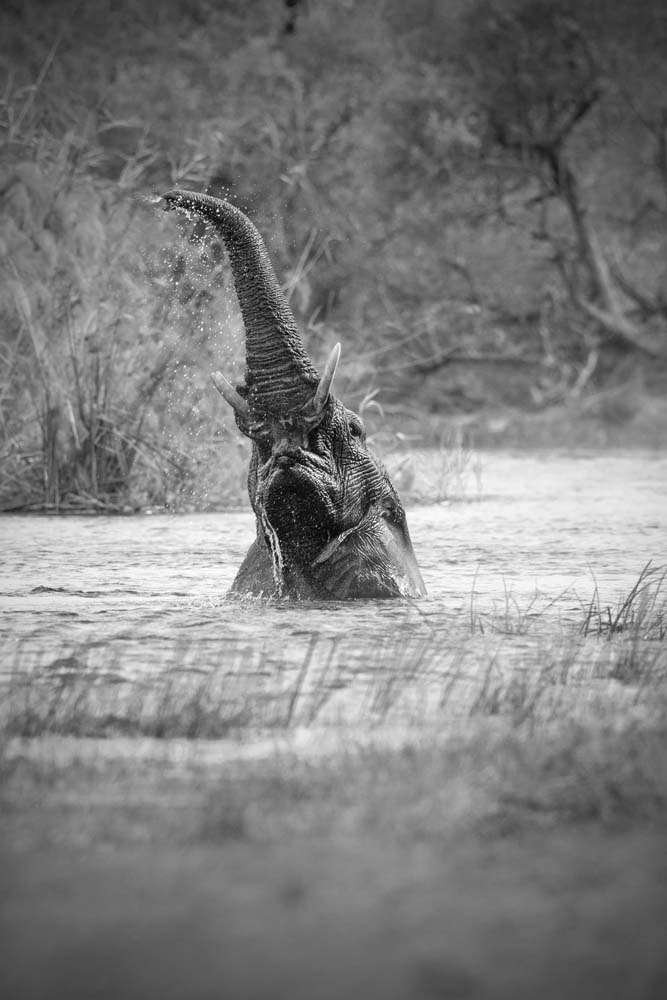
Elephant feet
An elephant foot is unique. Look at the photo below and you’ll see a large pad sitting inside where the elephant’s heels are. That’s right, the largest mammal on earth walks on high heels.
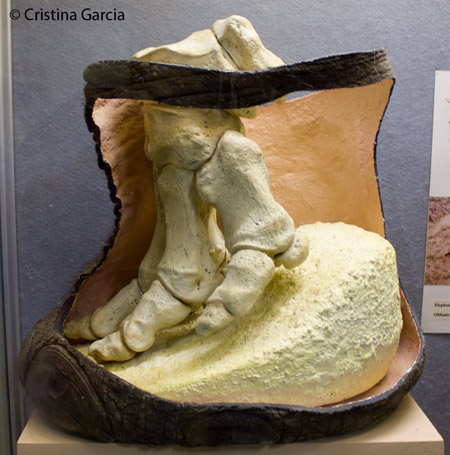
Elephant toes (the phalanges) rest upon a cartilaginous fatty pad. This is the reason why elephants leave almost no tracks; the enormous weight of the animal is spread out evenly. It also helps them walk very quietly!
Elephant Toes: How Many Are There?
It has recently been discovered that elephants actually have a sixth toe. This structure was noted 300 years ago but dismissed as cartilage.
This extra toe (between 5 and 10cm) lays hiding in the fat pad of the elephant’s foot, pointing backwards. On the hind feet it is larger and jointed. Researchers have found that the extra digit forms as cartilage, slowly transforming into bone as the elephant grows bigger. As the animal gets heavier, this toe provides extra support, like a strut, preventing the pad from collapsing.
How Heavy is an Elephant?
We all know that elephants are the largest land mammal. But the question of how heavy is an elephant is not an easy one to answer as their weight and height varies geographically and is also very variable individually.
Fully mature elephant bulls average about 10ft, and some up to 13 ft. Their weight averages 11,000 pounds with a maximum of 13,200 pounds. Elephant cows (females) are much smaller, measuring an average of 8.2 ft and weighting an average of 6,6000 pounds.
Elephant Tusks or Elephant Teeth?
Elephant tusks are basically huge teeth. However elephant tusks are different than in other mammal tusks. While in most mammals, a tusk is an enlarged canine tooth, an elephant tusk is an enlarged later incisor that grows continuously.
Do Female Elephants Have Tusks?
Yes! Female elephants do have tusks but they are substantially smaller than a male’s (on average seven times lighter.) However, many elephants have no tusks at all! The tuskless elephants in Africa are primarily female.
But tusks are more complicated when talking about Asian elephants. Only a few males have enlarged tusks, and most males and a few female present small tusks (called tushes). These are really small, only visible one or two inches from the lip line.
“Silent” Elephant Sounds
Elephants have four primary vocalizations that we humans can hear: rumble, trumpeting, squealing and screaming. But they make a wide range of other sounds as well!
Some sounds are such low frequency that we humans cannot hear them, even if we stand right next to them. These calls occur below the range of human hearing, in what is called infrasound.
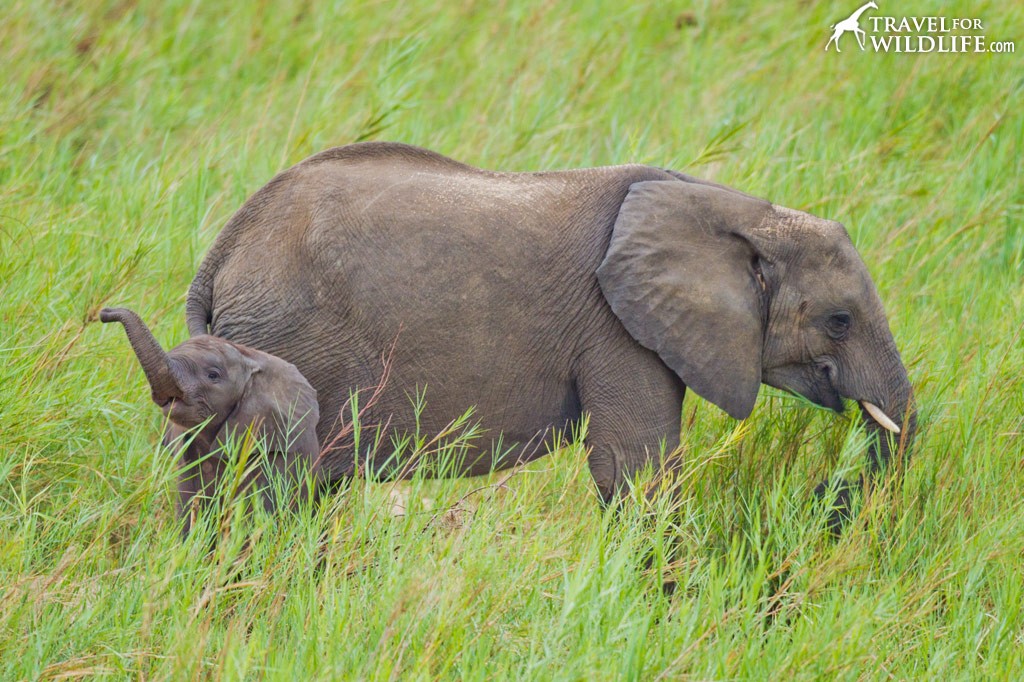
One study showed that the reason they make such low sounds is simply due to their immense larynx (vocal chords). Humans can hear sound within the range of 20-20,000Hz. Forest elephants make calls as low as 5Hz and Savanna elephants’ frequencies are found within 14-20Hz. These low frequency elephant sounds travel great distances. Depending on the weather, the range over which elephant communications carry ca vary from 30 square kilometers to an enormous 300 sq km (11.5 to 115 sq mi). It is also believed they can use the fatty pads in their feet to pick up the sounds from other elephants as they pass through the ground.
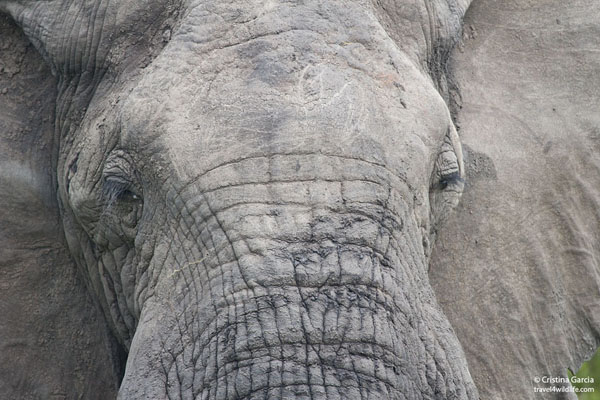
Uses of an Elephant Trunk
Perhaps the most incredible feature of an elephant is its trunk. The elephant trunk is a nose that has turned into a fifth limb: the most important limb in an elephant’s life. It is used for an amazing array of tasks, ranging from feats of brute strength, to extremely delicate and accurate tasks. Most importantly, it is used for eating and drinking. An elephant can’t reach the ground with it’s mouth so all food is gathered with the trunk first. Water cannot be sipped from the ground with its mouth. It must first be inhaled into the trunk and then blown into the mouth.
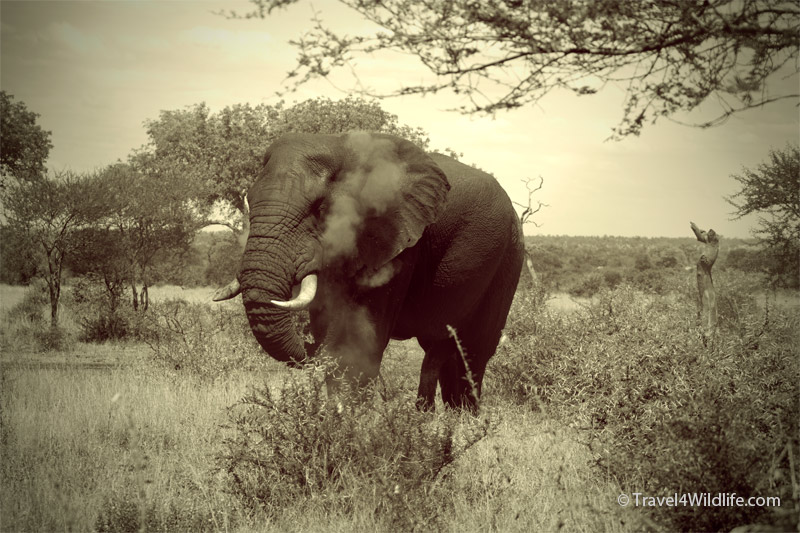
A elephant trunk can be used to scratch an itchy eye, to gesture threateningly, to greet loved ones, to caress babies, to throw things, to reach leaves high in a tree, to smell danger, to wield tools such as a stick for a back-scratcher, to shower themselves and toss dirt onto their sensitive skin, and it can even be used as a snorkel when swimming.
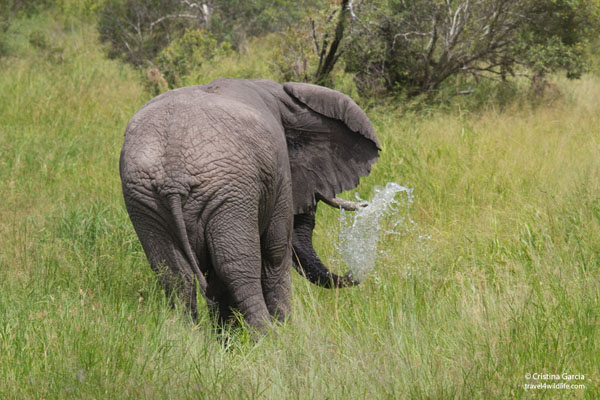
On top of all that, the trunk is also used as a resonating chamber to amplify sounds. The end of the trunk has two finger-like lips covered with sensitive hairs which can be used to pick up tiny objects, yet it is so powerful it can be used to lift entire trees.
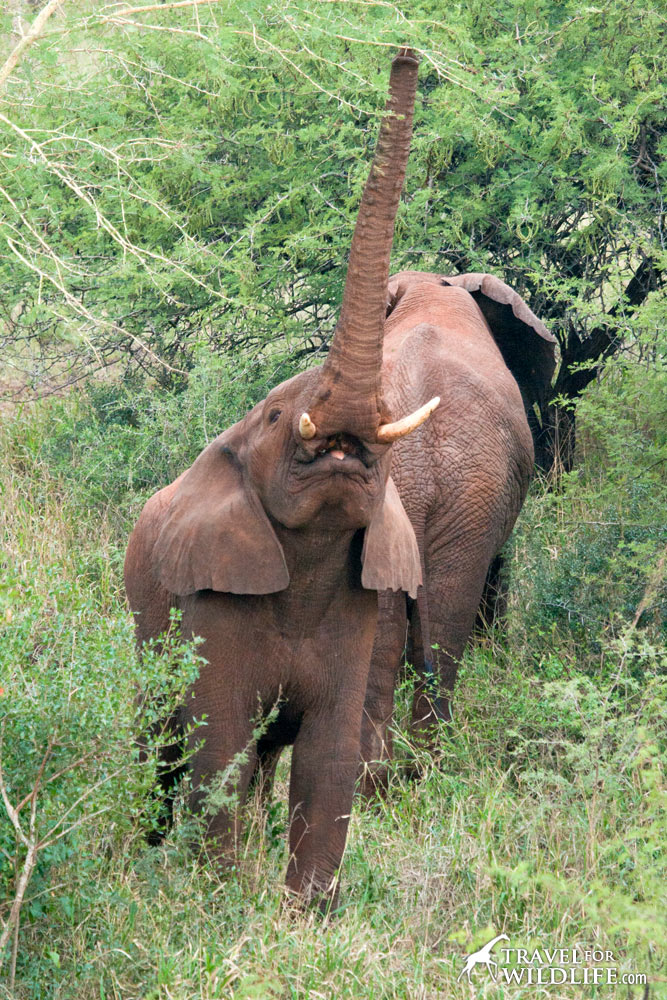
It is truly one of the most incredible inventions of evolution!
Watch the following video on how elephants eat using their trunk. You can even see the two finger-like lips!
Where to See Elephants & Where to Go on an Elephant Safari
Elephants are one of the most charismatic animals in Africa and a lot of safari-goers have elephants at the top of their must-see list. This is a list of our favorite places to go on an elephant safari:
- Kruger National Park, South Africa
- Etosha National Park, Namibia
- Chobe National Park
- Dzanga-Sangha National Park, Central African Republic
If you enjoyed our four African elephant facts article you may also like:

Cristina Garcia
Zoologist and wildlife photographer. She has worked in the field with jackals, wolves, cheetahs, & leopards. She serves on the Board of Directors of SEE Turtles, a non-profit sea turtle conservation organization.
Read her posts at Travel For Wildlife and see more of her work at Truly Wild, & Our Wild Yard.

Sand in my Suitcase
Saturday 19th of January 2013
Thanks for the article! Now we know a little more about elephants (such endearing creatures!) - will come in useful when we visit Africa later this year on safari... Happy travels!
Cristina Garcia
Saturday 19th of January 2013
Where are you going in Africa? We might go too!
ann clarke
Thursday 8th of November 2012
Hello thank you for you article it was very good,I was looking for info on elephants. I was saddened by your comment about the elephant being the most incredible inventions of evolution! I know that everywhere we are bombarded with the theory, and it is a theory, of evolution, but just think seriously for one minute, how can anything so complex as even the eye of any creature develope all by itself! If one part of the mechanisms of the eye were missing sight would be impossible, yet the majority of people have been brainwashed into thinking that all we see has evolved from nothing. As though 'evolution' has become the new creator..., But we are fearfully and wonderfully created...